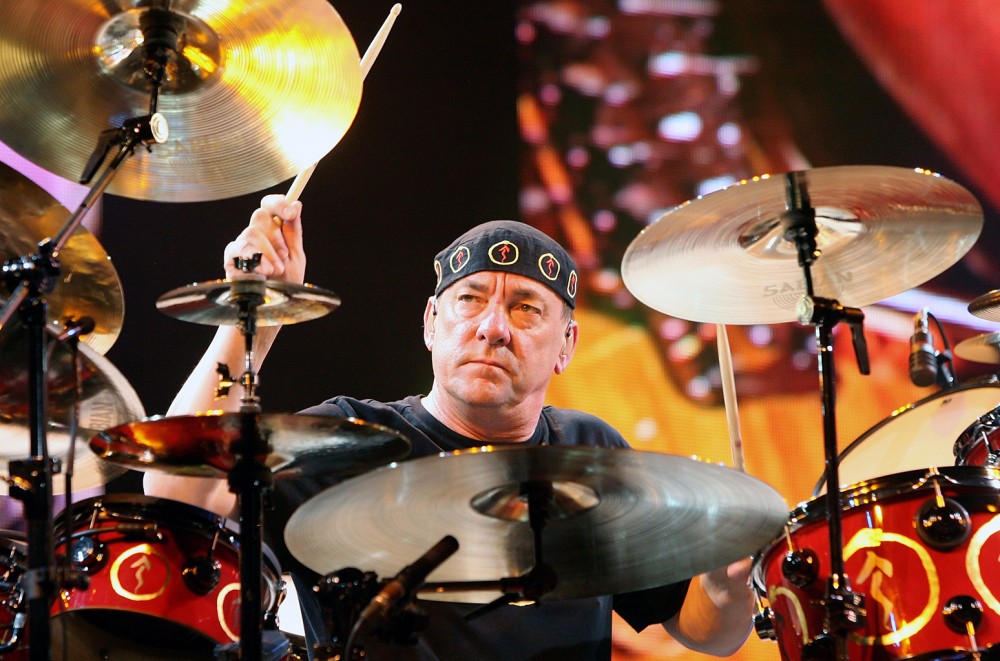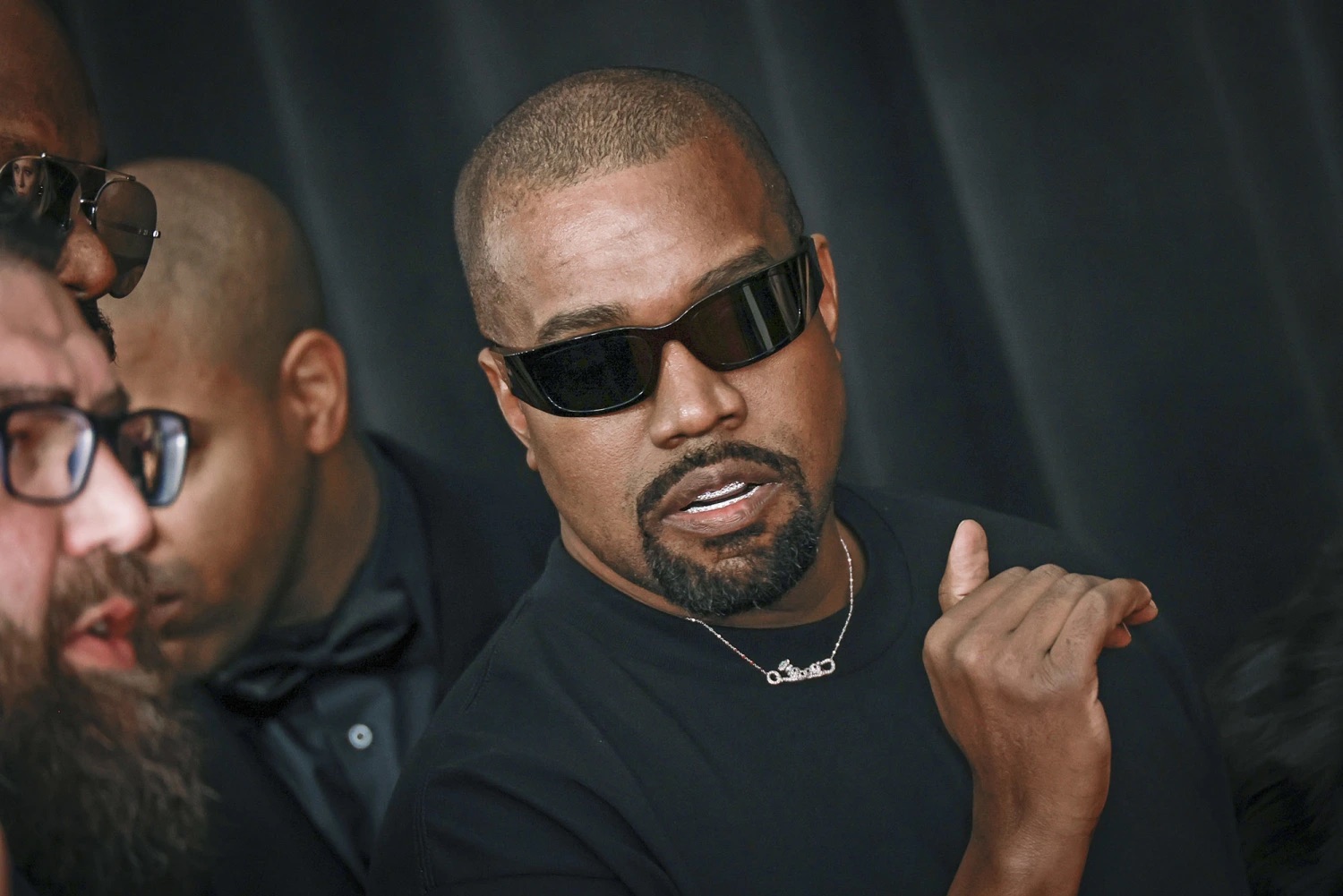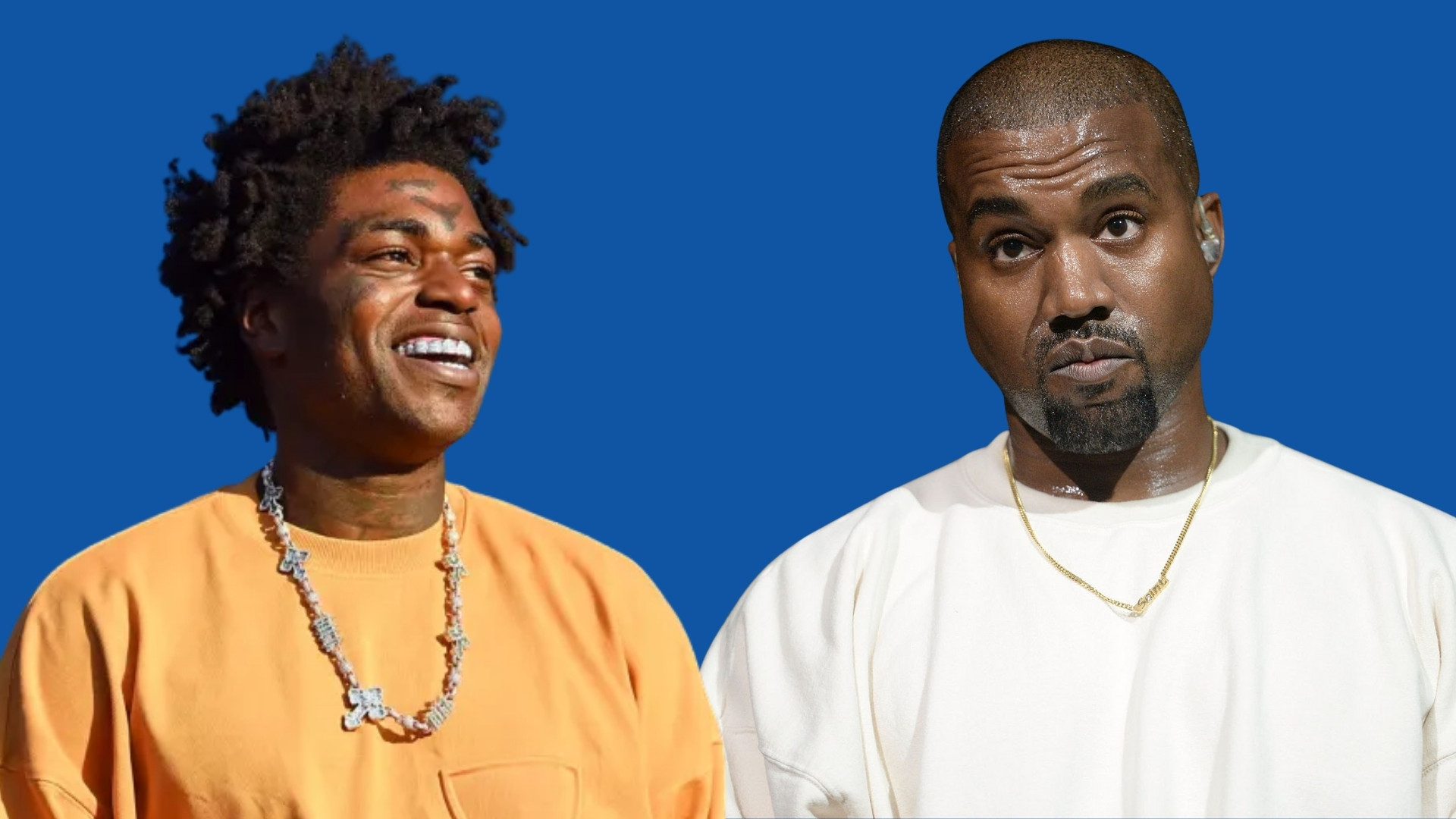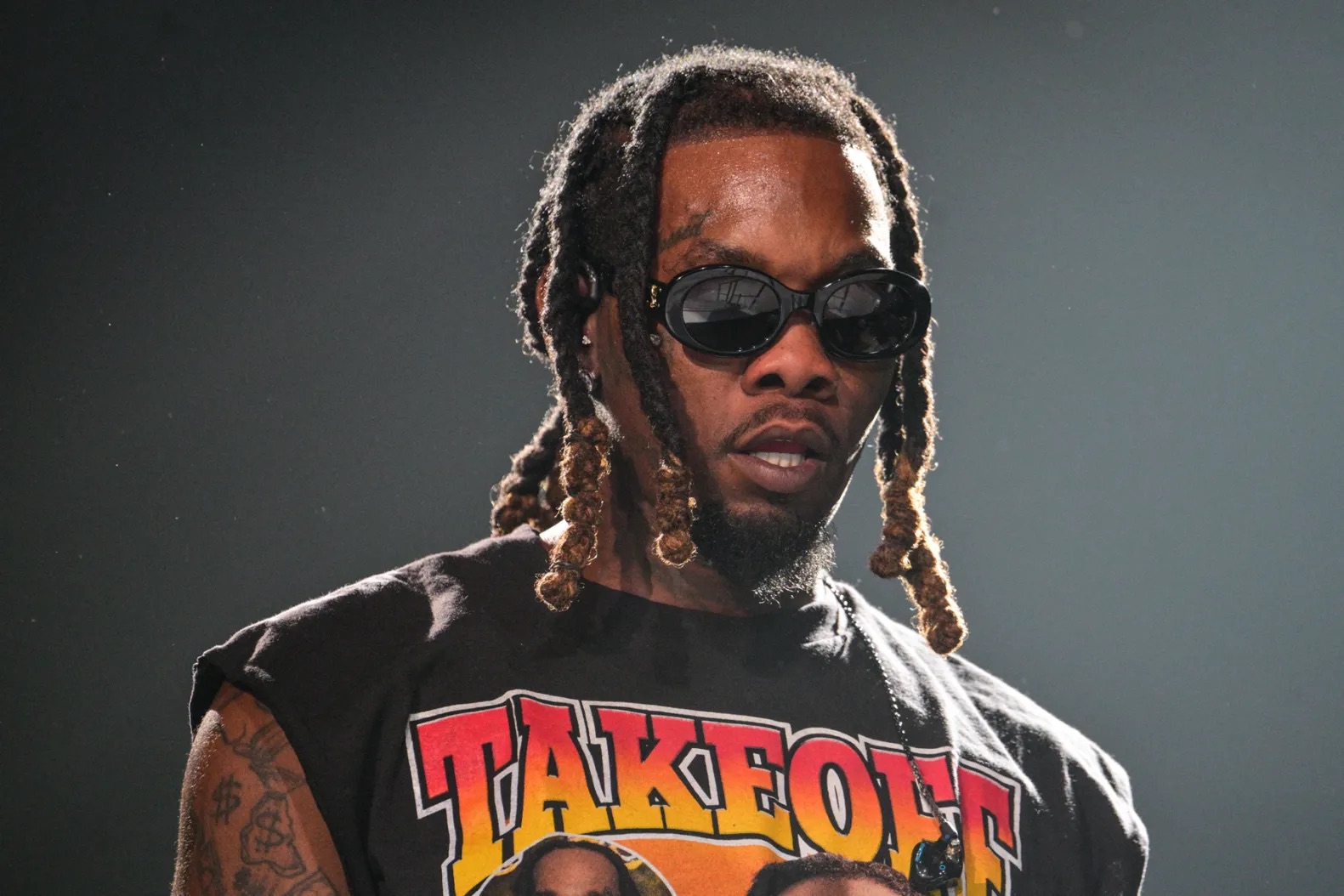The first time I saw Neil Peart play the drums I was about 9 or 10 years old. My dad and I used to watch live concert DVDs of his favorite bands and one night, drawn by the giant dragon on the cover, I picked out Rush in Rio.
I don’t think I had ever listened to Rush prior to that night and I can’t remember if I liked the songs or not. But I distinctly remember about 80% of the way through the concert, after “Leave That Thing Alone,” Peart went into his drum solo, “O Baterista.”
It’s an eight-minute juggernaut of a solo — as are basically all of his solos, I'd soon learn. From Peart’s 3/4 waltz on the toms to the MIDI marimba solo and a Latin movement utilizing his cowbell tree and conga samples on his smaller electronic kit, the solo transcends time signatures and genres. But its climax comes during the last two-and-a-half minutes; an up-tempo swing honoring Gene Krupa and Buddy Rich, two of his biggest jazz influences. Filled with crisp rudimental snare and booming tom-traversing rolls, it drives the solo to its exciting end and the crowd goes wild.
In this, you can see Neil Peart’s greatest contribution to the drumming community: his virtuosity and particularity over each rhythmic variation reimagined the drum solo, and forever changed how drummers approach crafting one.
Prior to Peart, who died Tuesday (Jan. 7) at the age of 67 after a three-and-a-half-year battle with brain cancer, solos were an opportunity for rock drummers to showcase loud, fast chops and energize the crowd — championed by Peart’s childhood hero, Keith Moon of The Who. But with an approach centered on musicality and technical proficiency, Peart elevated expectations for proficiency of the drums and soloing. It was this bravura that earned him the nickname “The Professor,” for his mastery of the craft, influential lyrics and elevation of the drum solo.
During the ‘60s and early ‘70s, popular rock was compositionally straightforward, and heavily influenced by the blues. Prog albums from bands like Genesis and King Crimson existed in a space occupied by a cadre of predominantly nerdy men and still wasn’t accepted as popular. But just as how jazz was once viewed as an illegitimate genre of music before a number of the genre's greats made its importance undeniable, Rush’s music and Neal Peart’s solos helped popularize prog, beginning with the release of the epic 2112 in 1976.
That's not to say other prog drummers like Phil Collins, Bill Bruford and Carl Palmer hadn’t written and performed equally as complex drum parts prior to Peart. But where their music fit in the genre was considered niche, art or performance rock, conceptual. After a few albums, fans expected intricate drum fills weaved into Rush songs, and awaited the chance to attend concerts to watch the monstrous solos live. Songs like “Tom Sawyer,” which features arguably the most air-drummed-to fills in rock history, began to secure serious time on the FM airwaves.
The textures in which Neil Peart found his signature sound also helped progress the modern drum solo. As the grandeur of Rush’s music and Peart’s solos increased, so did the orchestral nature of his drum rig. Peart slowly added chimes, glockenspiels, tubular bells, brass and agogo bells and other percussion instruments to his arsenal, expanding the compositional possibilities of his playing.
The pinnacle of this came during 1977's A Farewell to Kings, where songs like “Xanadu” included extravagant classical intros and proto-power ballad “Closer to the Heart” introduced Rush to radio. The successful incorporation of classical sounds to Rush’s sci-fi world gave Peart the go-ahead to begin incorporating marimbas, bells and other percussion instruments into his solos. Instruments traditionally played to a quiet, observant classical audience quickly became a favorite among raucous prog fans.
From 1982-85, during the band’s Grace Under Pressure Tour, Peart played the first variation of what would become his circular drum kit. It featured a Simmons electronic drum kit and rotating riser, a schtick that would become an essential part of the Rush concert experience and a further development of the solo. It’s unclear if Peart or Frank Zappa timekeeper Terry Bozzio was the first drummer to adopt the 360-degree drum kit, but it can be argued that Peart’s popularity helped launch the concept to universal practice. The setup has since been adapted by numerous drummers, like Tommy Lee’s 360-degree drum-coaster.
As Peart says in his 2005 film Anatomy of a Drum Solo, the drum solo was his laboratory. As the years went on, Peart used his electronic drums to incorporate global sounds, like those he discovered on a motorcycle trip through Cameroon, Africa in 1988. They also allowed him to explore more modern sounds, like during “The Percussor,” his solo from the Clockwork Angels tour, which featured a gentler range of EDM-inspired melodic synths to counter the steampunk vibe of the album.
While most rock drummers refrained from jazz and opted for louder and heavier beats, Peart trained himself in traditional jazz and frequently used buzz roles and swing as a transition between movements of his solos. His 1994 solo with The Buddy Rich Big Band is a reminder of how well he could marry progressive and jazz drumming.
Just as Peart drew inspiration from Rich and Keith Moon, countless modern rock drummers have drawn inspiration from Peart. From former Dream Theater drummer Mike Portnoy to the Foo Fighters’ Dave Grohl and Taylor Hawkins, Red Hot Chili Peppers’ Chad Smith and Tool’s Danny Carey, all have cited Peart and his mind-bending solos as inspiration for learning the drums. Portnoy told Prog Magazine in 2015 that “Neil] was a huge influence on my drumming – the size of the drum set, the odd time signatures, the progressive style. Everything about Rush was huge.” Hawkins told the magazine in 2016, “Neil did] the most ripping drum solos in the world.”
Watching Neal Peart’s solo as a kid certainly inspired me to play the drums. For the past 13 years I’ve banged along to “Spirit of Radio” and “Tom Sawyer” on my dad’s Peart replica kit, trying to channel a bit of the genius he gifted the world. So, as we say a farewell to prog drumming’s king, I can’t seem to shake one set of Peart’s lyrics from my head.
“Hold your fire/ Keep it burning bright/ Hold the flame/ 'Til the dream ignites/ A spirit with a vision/ Is a dream with a mission.”
You’re free now, ghost rider. The Professor is gone but class will always be in session.



